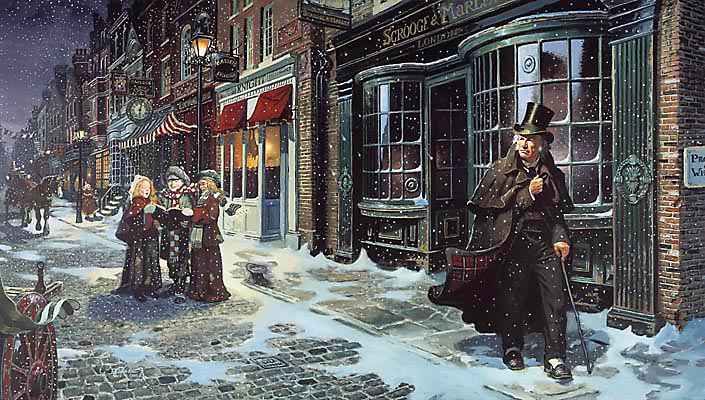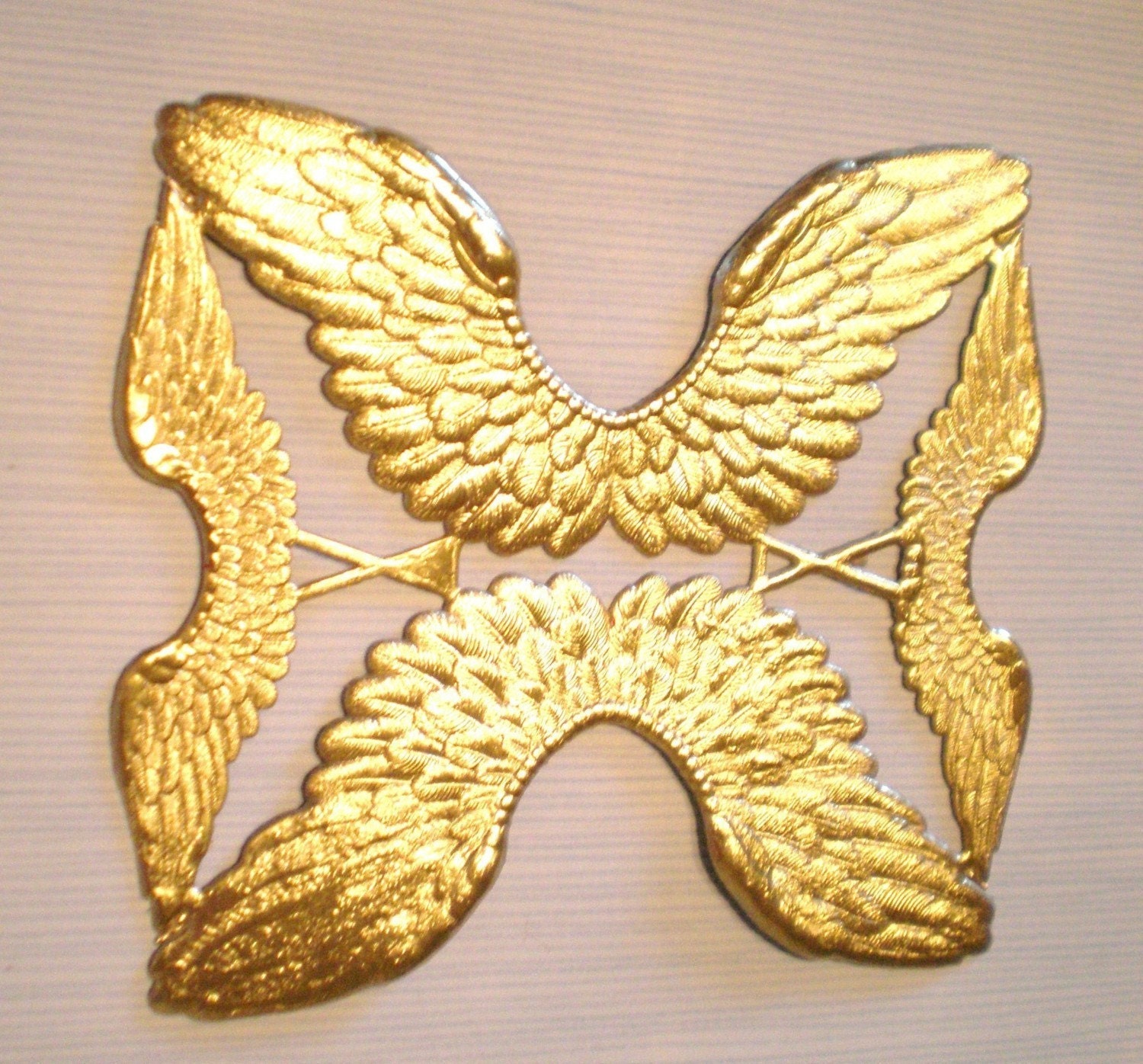The Christmas Tree
For some Christmas is not Christmas without a Christmas tree (real or fake) but when did it all start and why?
A matter of Germanic fashion…
The first use of Christmas trees as they’re known today dates back to the 1500s. Some claim the tree originated in Germany in the mid 1500’s, others claim it was Latvia in the early 1500’s, and a few even believe in a legend that St. Boniface created the Christmas tree in the 7th century.
The Christmas tree first came to England with the Georgian Kings who came from Germany. At this time also, German Merchants living in England decorated their homes with a Christmas tree.
The British public were not fond of the German Monarchy, so did not copy the fashions at Court, which is why the Christmas tree did not establish in Britain at that time.
In 1846, the popular Royals, Queen Victoria and her German Prince, Albert, were illustrated in the Illustrated London News. They were standing with their children around a Christmas tree.
Unlike the previous Royal family, Victoria was very popular with her subjects, and what was done at Court immediately became fashionable. The English Christmas Tree had arrived!
The 1860’s English Tree had become more innovative than the delicate trees of earlier decades. Small toys were popularly hung on the branches, but still most gifts were placed on the table under the tree. Around this time, the Christmas tree was spreading into other parts of Europe too.
By the 1870’s, Glass ornaments were being imported into Britain from Lauscha, in Thuringia. It became a status symbol to have glass ornaments on the tree, the more one had, the better ones status!
The 1880’s saw a rise of the Aesthetic Movement. At this time Christmas Trees became a glorious hotchpotch of everything one could cram on. They also grew to floor standing trees. The limited availability of decorations in earlier decades had kept trees by necessity to, usually table trees.
The High Victorian of the 1890’s was a child’s joy to behold! As tall as the room, and crammed with glitter and tinsel and toys galore. Even the ‘middleclasses’ managed to over-decorate their trees. After Queen Victoria died, the country went into mourning, and the tree somehow died with her for a while in many homes.
After 1918, because of licensing and export problems, Germany was not able to export its decorations easily. The market was quickly taken up by Japan and America, especially in Christmas Tree lights.
Britain’s Tom Smith Cracker Company which has exported Christmas goods for over three decades, began to manufacture trees themselves for a short while.
In the 1930’s There was a revival of Dickensian nostalgia. Christmas cards all sported Crinoline ladies with muffs and bonnets popular in the 1840’s.

A typical Dickensian Christmas card
Christmas Trees became large, and real again, and were decorated with many bells, balls and tinsels. But wartime England put a stop to many of these trees. It was forbidden to cut trees down for decoration. Many people actualy kept their Christmas tree decorations safe in metal boxes.
Post-war Britain saw a revival of the nostalgic again. people needed the security of Christmas, which is so unchanging in a changing world, as one of the symbols to set them back on their feet.
Trees were as large as people could afford. Many poorer families still used the tabletop Goosefeather trees, America’s Addis Brush Trees were being imported into Britain, and these became immensely popular for a time.
The mid-1960’s saw another change. A new world was on the horizon, and modernist ideas were everywhere. Silver aluminium trees were imported from America. The ‘Silver Pine’ tree, patented in the 1950’s, was designed to have a revolving light source under it, with coloured gelatine ‘windows, which allowed the light to shine in different shades as it revolved under the tree. No decorations were needed for this tree…

Angel wings dresden die cut embossed gold foil
America made a return to Victorian nostalgia in the 1970’s, and it was a good decade later that Britain followed the fashion. At first this was a refreshing look, and as manufacturers realised the potential they created more and more fantastic decorations. Some American companies specialised in antique replicas, actually finding the original makers in Europe to recreate wonderful glass ornaments, real silver tinsels and pressed foil ‘Dresdens’.
Real Christmas Trees were popular, but many housewives preferred the convenience of the authentic looking artificial trees that were being manufactured.
If your room was big enough, you could have a 14 foot artificial Spruce right there in your living room, without a single dropped needle – and so good that it fooled everyone at first glance. There are even pine scented sprays to put on the tree for that ‘real tree smell’!
The late 1990’s tree has taken the Victorian idea, but with new themes and conceptual designs. The Starry Starry Night Tree, The Twilight Tree, The Snow Queen Tree. These trees are still with us and indeed it will be truly fascinating to see how future generations evolve this beautiful tradition.
The Poinsettias (Euphorbia pulcherrima)
Many mistake the poinsettia’s leaves as actual flower petals, but the flowers are the smaller, yellow buds in a poinsettia’s centre.
These ‘bracts’ – the upper portion of the leaves – are famously red, although they actually bloom in a variety of hues, such as pink, white and yellow.
The Poinsettias blooms in December, making it an ideal and popular Christmas flower.
However it wouldn’t be Christmas really without a touching story of how the Christmas flower came to be.
A poor Mexican girl called Pepita…
There was a poor Mexican girl called Pepita who had no present at all to give the baby Jesus at the local Christmas Eve Service. As Pepita walked to the chapel sadly with her little head hung low, her cousin Pedro tried to cheer her up. “Pepita”, he said “I’m sure that even the smallest gift, given by someone who loves him will make Jesus Happy.”
Pepita thought about this for a while but still didn’t know what she could give. So looking around she picked a small handful of weeds from the roadside and made them into a humble bouquet. She felt embarrassed because she could only give this small present to Jesus but she continued on the short journey.
As she walked through the chapel to the altar, she remembered what Pedro had said earlier. She began to feel better, kneling down at the altar she put the bouquet at the bottom of the nativity scene.
There and suddenly, the bouquet of weeds transformed into bright red flowers (yes I know!) and it was said that everyone who saw them were sure they had seen a miracle. From that day on, the bright red flowers were known as the ‘Flores de Noche Buena’, or ‘Flowers of the Holy Night’.
It is also said that the shape of the poinsettia flower and leaves are sometimes thought as a symbol of the Star of Bethlehem which led the Wise Men to Christ child.
The Mistletoe (Viscum alba loranthaceae)
Mistletoe has long been regarded as a winter plant because of its innate ability to stay green during the winter, even though it does not have a system of roots.
Its distinct green and white colouring has allowed it to become part of Christmas folklore, even adorning many a door way.
So, how does this humble plant classed as parasitic by many become the centre of so many awkward moments? (That embarrassing kiss) Angrily slapped faces? (The rejected kiss) And even that anxious marriage proposal? (A kiss gone quite well!) the world over?
It’s all explained by Norse mythology apparently.
A kiss to all who pass under it…
The Scandinavians associated mistletoe with Frigga, the goddess of love. The background to this ancient story of Norse mythology is that Frigga (the mother of Baldur, the best loved of all the Norse gods because of his great strength and dashing looks, but apparently quite slow in the head) foresaw his death.
Knowing that there was nothing she could do to avert his fate, the goddess extracted a promise from all living things that they would play no part in his death. Unfortunately, thinking the mistletoe was too insignificant to bother with, she neglected to secure its pledge.
It was the malevolent prankster Loki (God of mischief) who discovered her oversight and so crafted a dart made of the poisonous plant. Devious and evil he brought it to Baldur’s brother who was blind, suggesting a game of darts and agreeing to guide his hand.
And this he did, directing the dart directly at Baldur’s heart.
Baldur is later magically restored to life, and the goddess Frigga is so grateful that she reverses the reputation of the baleful plant, making it a symbol of peace and love, promising a kiss to all who pass under it.
…and the Holly (Ilex aquifolium)
Holly was used during winter solstice celebrations because of its ability to bloom during the winter. Some sources note that the association to Christmas is strengthened by a legend that holly leaves ‘sprang up’ wherever Jesus walked during his life.
The red berries are said to have been added after the death of Christ, by God, as a representation of the blood of Jesus His Son. The prickly leaves are said represent the crown of thorns that Jesus wore when he was crucified. The berries are the symbols of the drops of blood that were shed by Jesus because of the thorns. In parts of Europe it is known as the Christ Thorn.
Who will rule the house this year?
The berries of various species are only slightly toxic to us humans, although its poisonous properties have been exaggerated and poisoning deaths are almost unknown. The berries do attract birds that eat them after the frosts have reduced toxicity.In pagan times, Holly was thought to be a male plant and Ivy a female plant. An old tradition from the Midlands of England says that whatever one was brought into the house first over winter, tells you whether the man or woman of the house would rule that year (let the gender wars commence!). But be warned it was unlucky to bring either into a house before Christmas Eve.
(But still, it is a very good idea to keep Holly decorations out of reach of pets and children.)
Whatever you do over Christmas this year do have a wonderful time. And the next time you encounter any of these delightful Christmas evergreens do take a little time to think about what they really mean.
